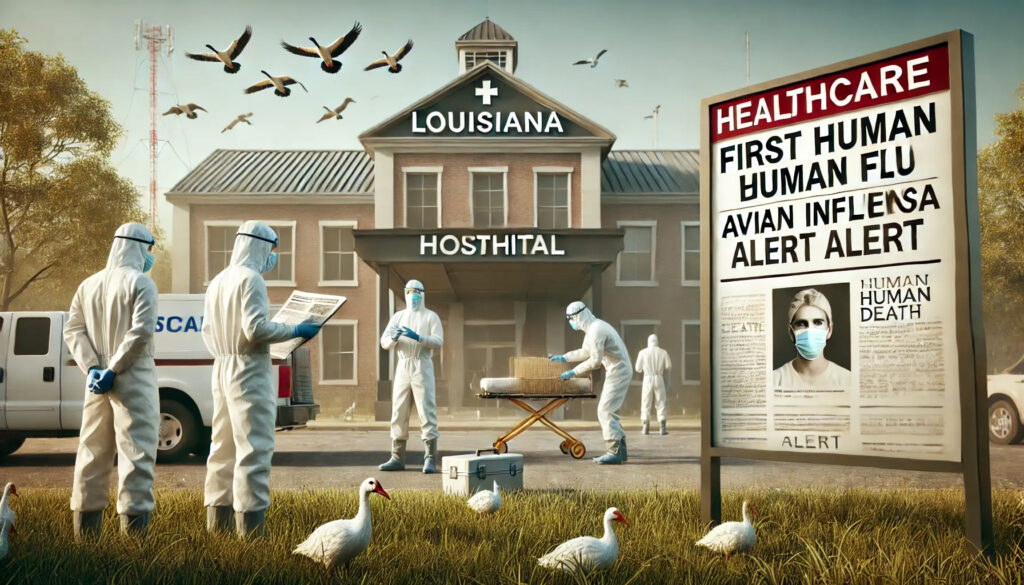
In a tragic first, Louisiana has reported the initial human death from H5N1 bird flu in the United States. The deceased, an individual over 65 with underlying health conditions, was hospitalized after exposure to a backyard flock and wild birds. The Louisiana Department of Health confirmed no other human cases linked to this infection.
Flu experts had long warned of the dangers of H5N1. “This is probably the nastiest form of the virus we’ve seen,” said Dr. Richard Webby of the World Health Organization Collaborating Center. Globally, H5N1 has infected roughly 900 people since 2003, with a fatality rate near 50%. However, experts believe mild cases are underreported, and the true rate could be closer to 5%, still alarmingly high compared to other viruses.
The Louisiana patient’s infection involved the D1.1 clade of H5N1, a strain currently circulating in wild birds and poultry. Genetic analysis revealed mutations enhancing its ability to infect human upper airways, though no person-to-person transmission has been identified. The CDC continues to monitor and study the case, emphasizing the low overall risk to the public.
Health officials urge caution, particularly for those in contact with birds or animal droppings. Preventive measures include avoiding sick or dead animals, cooking poultry thoroughly, and reporting unusual bird deaths to the USDA. While this isolated case has not elevated the overall threat level, experts stress vigilance to reduce the risk of further human infections.
This incident underscores the unpredictable nature of zoonotic diseases and the critical need for ongoing monitoring and preventive efforts.
